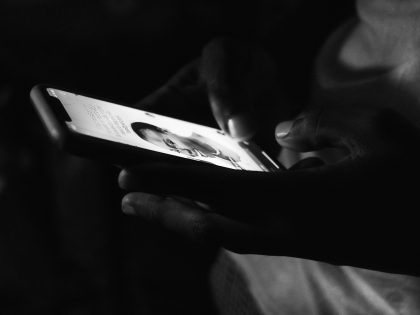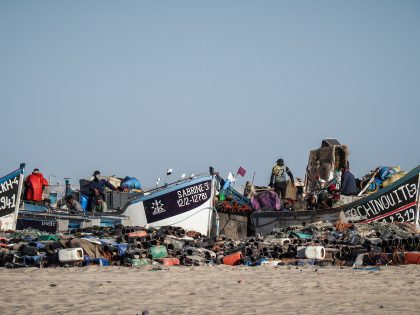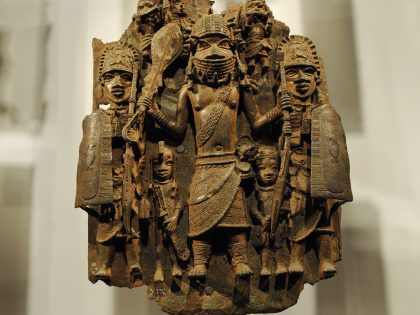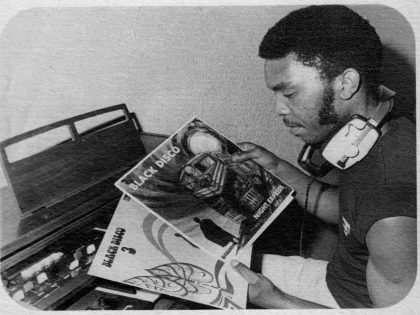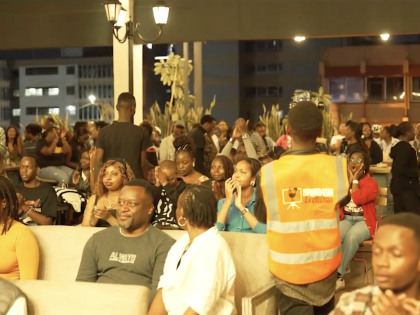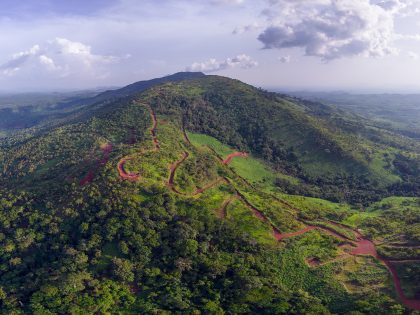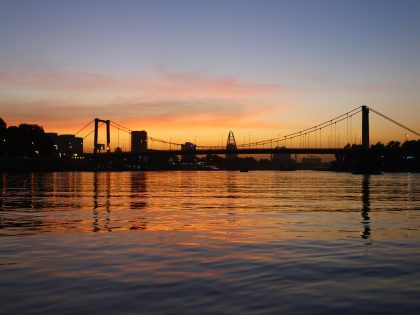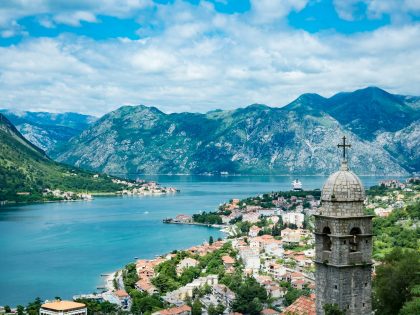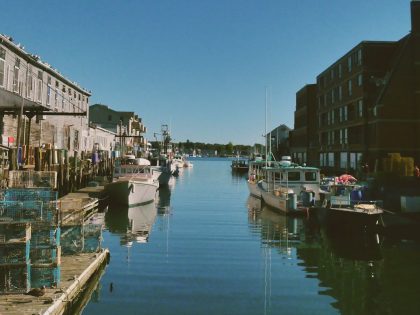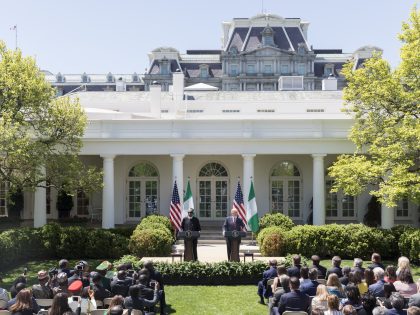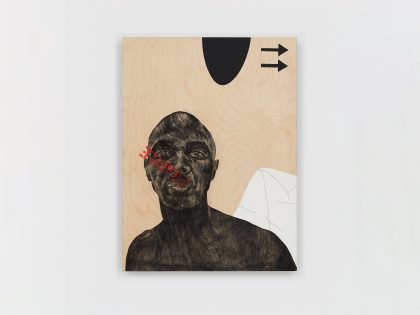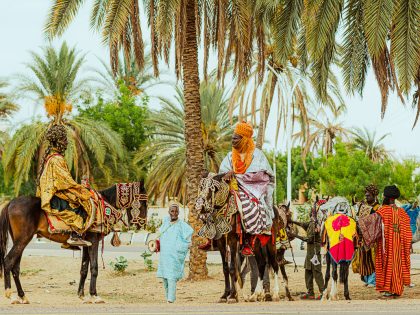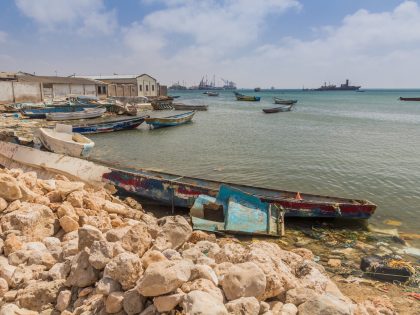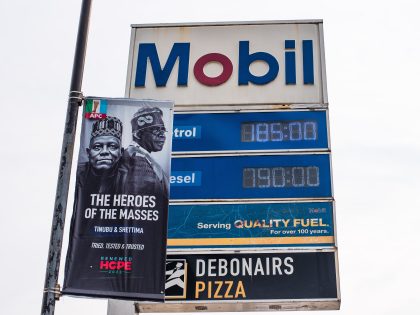The magazine as Tumblr
Globetrotter's organizing logic may be a bit elusive, but the content itself is often quite captivating.

The cover of GLOBETROTTER Magazine's inaugural issue. The photographs are by Delphine Diallo.
Globetrotter is one of those vaguely defined, international, cosmopolitan culture and fashion magazines. With connections to Chicago, Lagos, and Jakarta, the magazine consists of an eclectic pastiche of commentary on various international trends organized into four sections: Art/Design, Movements, Style, and Music. The publication is the brainchild of Kennedy Ashinze and published through his company, Fuse Creative Agency. The articles contained in Globetrotter’s first issue cover a seemingly incongruous mix of topics.
These range from interviews with Franco-Senegalese artist, Delphine Diallo, and Gold Coast Trading Company’s founder, Emeka Alams, to an interview with the founder and CEO of Go-Jek, Indonesia’s first organized moto-taxi (ojek) service. Also included in the premier issue are interviews with Nigerian-German singer-songwriter Nneka and Chicago-based graffiti artist Slang. And hey, just in case you’re planning a vacation to Bali, Globetrotter has even provided its readers with its own insider’s guide to the island.

That said, while the magazine’s organizing logic may be a bit elusive, the content itself is often quite captivating. The art, interviews, fashion accessories, music coverage, and even advertisements that line the pages create a unique aesthetic that certainly does manage to maintain the reader’s attention. It is also important to note that the magazine is providing an outlet for many of these subcultural figures to get some coverage in print media form, since much of the publicity for many of them has been through online sources. Moreover, Globetrotter does, in its own way, present a fascinating study in global artistic and subcultural networks. It offers a medium through which conversations within and between different diasporas can take place and new creative endeavors can be shared and examined.
Overall, Globetrotter has plenty of potential and is certainly worth a read. I look forward to seeing future issues of the publication and watching the project come into its own.
- Steffan Horowitz joins the AIAC “collective” with this post.

